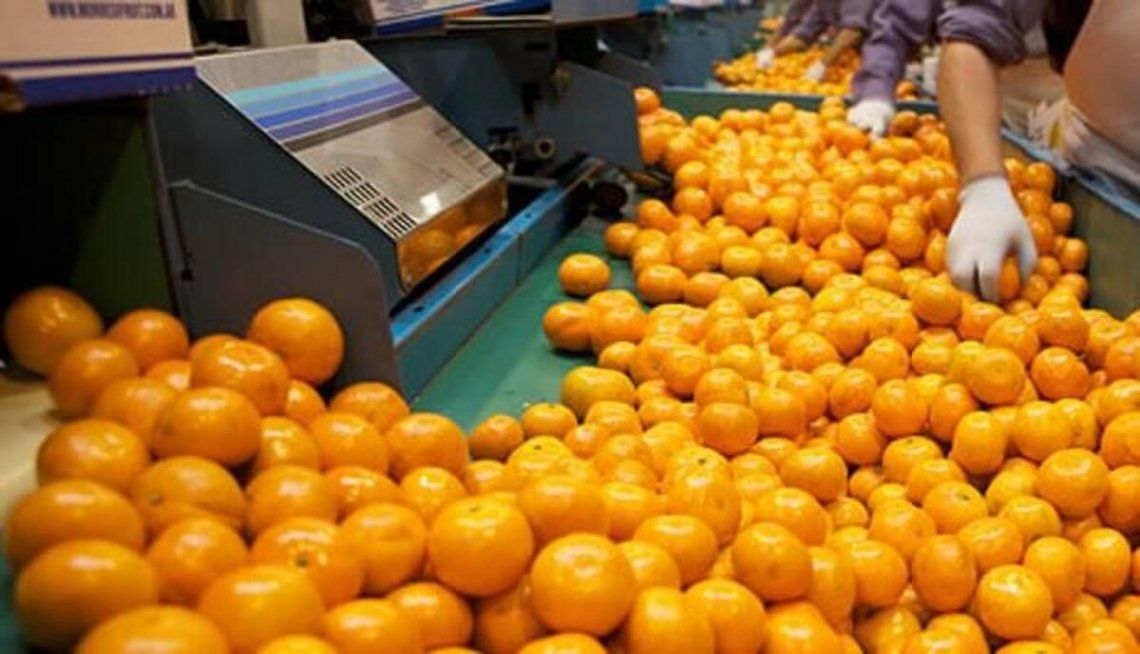–
Almost 4 out of every 10 pesos of the price of oranges are taxes
– –
“The tax pressure on the Argentine agro-industrial producer is one of the highest in the world. We need to implement a comprehensive tax reform in order to be profitable and competitive, ”said Eduardo Rodríguez, president of Regional Economies at CAME.
Beyond the leader’s request, the possibility of a reduction in the tax burden is remote, if one takes into account that last Friday the Nation and the provinces decided to extend the suspension of the decrease in taxes for one more year, within the framework of the new version of the Fiscal Consensus.
In its research, CAME analyzed the fresh orange value chain from the producer, located in this case in the Chajarí area, Entre Ríos, to the commercialization of sweet citrus in greengrocers and / or supermarkets in the City of Buenos Aires.
The stages of the chain identified were:
– Production and packaging: involves the tasks of planting, fertilizing, curing, pruning, thinning and de-budding; as well as harvest and transfer, cleaning, waxing and classification.
– Brokerage (Central Market of Buenos Aires): involves transfer tasks from the packing shed, unloading and transfer within the different warehouses of the Market, and commercialization to external parties.
– Marketing (grocery stores and / or supermarkets in CABA): involves purchasing and moving tasks from the Central Market to the sales establishment, maintenance of the place and general costs.
CAME pointed out that so far in 2020 “both oranges and other sweet citrus fruits have had a price readjustment due to the significant delay in original prices; situation that entailed a negative profitability for the citrus producer in previous years ”.
In that sense, in the last 3 months of 2020 the average price of a kilo of orange in the Autonomous City of Buenos Aires (CABA) was $ 64.3. Of the final value, the producer explains the 22% ($ 14.1), the packer the 8,9% ($ 5.6), the stall in the Central Market on 14,1% ($ 9.1) and the greengrocer and / or the supermarket 16,7% ($ 10.8). For its part, the tax pressure of the State, in its three levels, amounts to 38.3% ($24,7).
“The suffocating tax burden not only puts citrus growers in check, but is also generating a considerable loss of profitability in all production complexes in the interior of our country,” CAME warned.
– .

